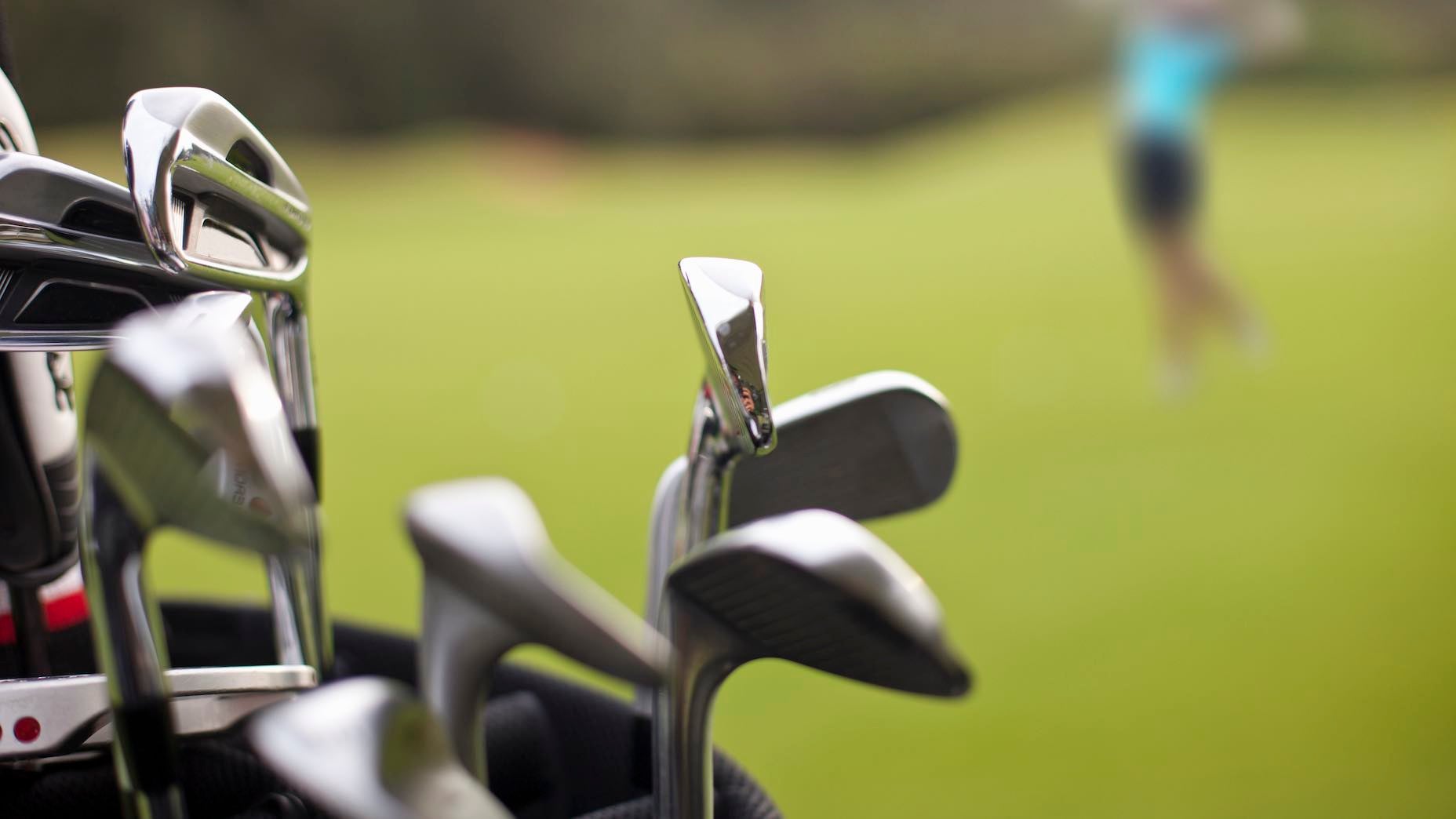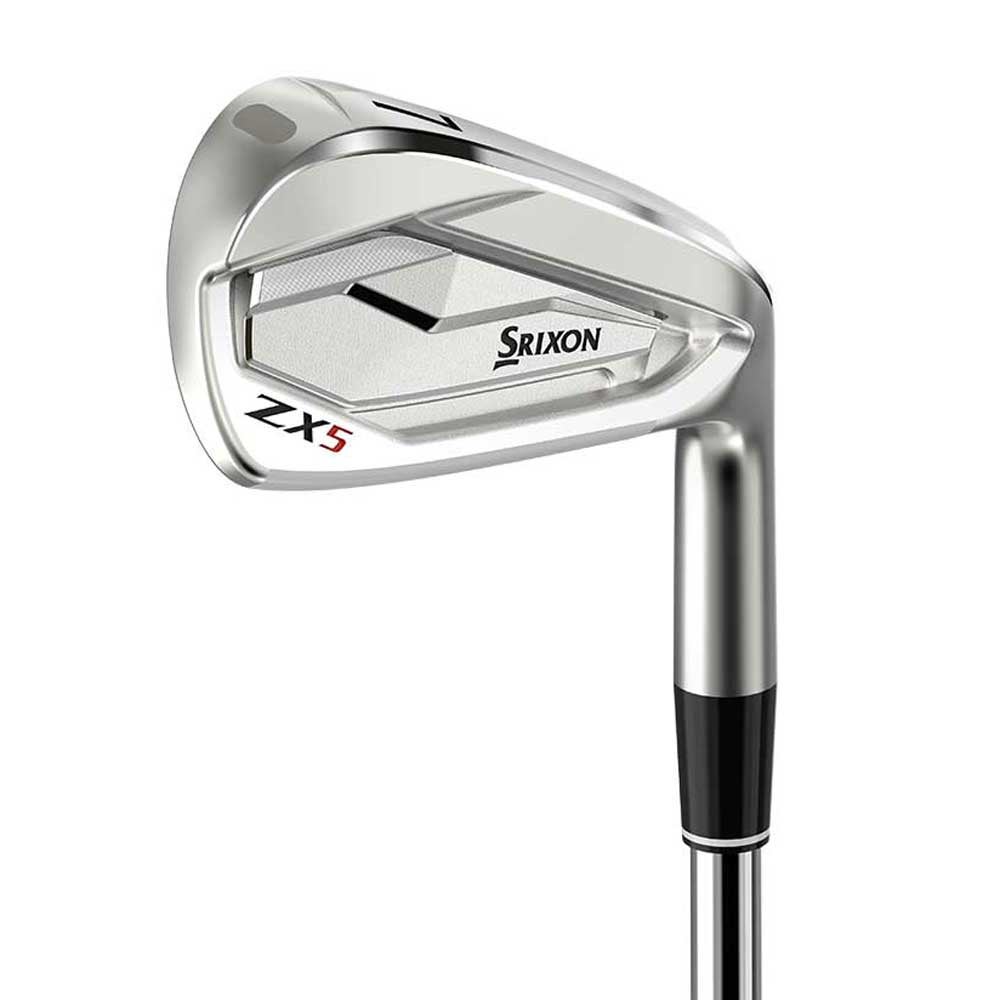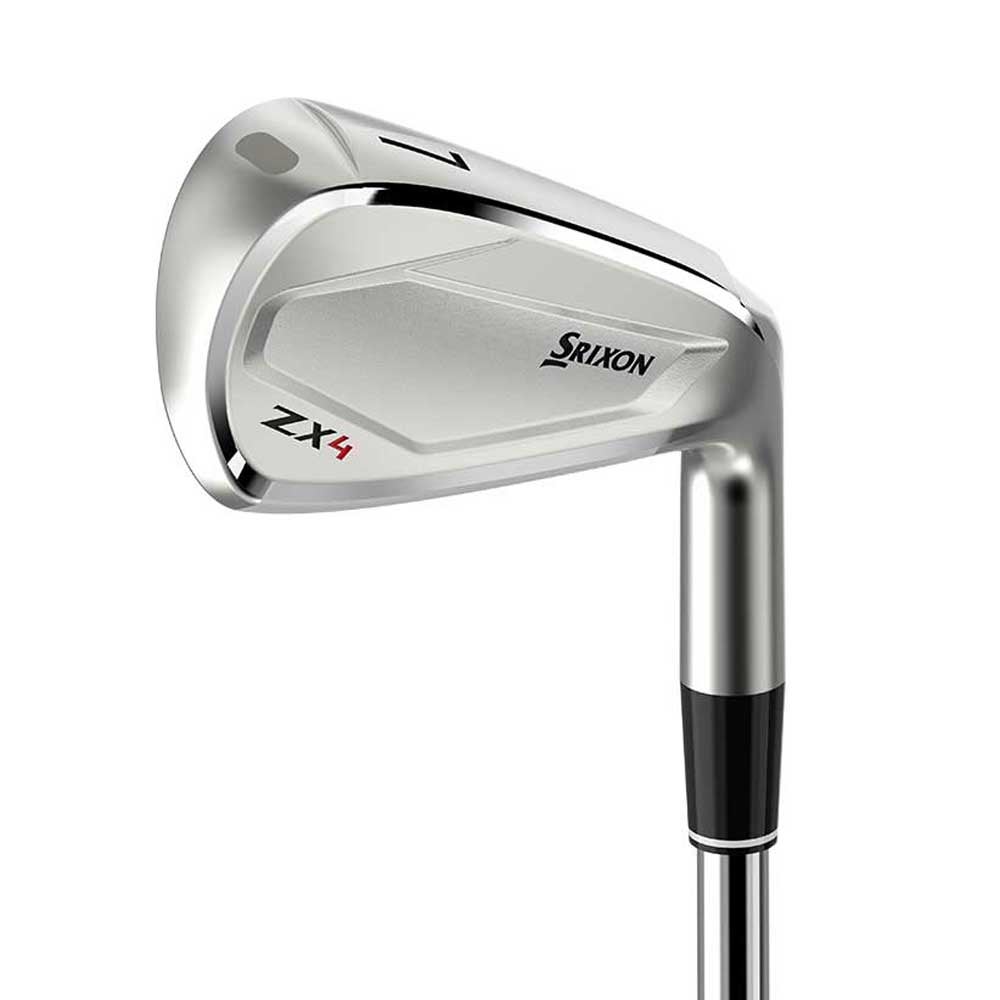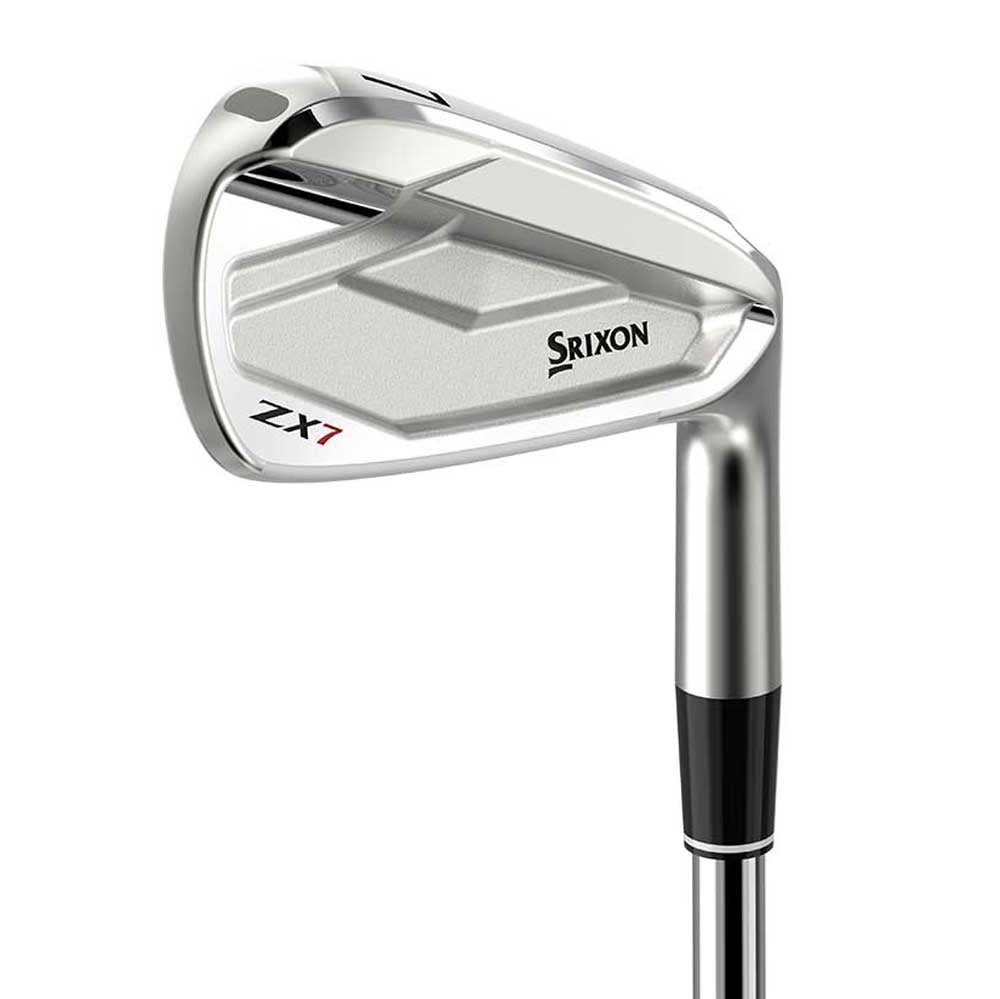
Choosing the right iron type first requires knowing what’s what.
Getty Images
Welcome to Gear Questions You’re Afraid to Ask, a GOLF.com series produced in partnership with Cleveland/Srixon Golf.
I’m a 10-handicap and distance isn’t a problem for me. I need more control. What iron design is best for my game? – Stefen B., Wisconsin
There’s much to choose from when it comes to buying a set of irons these days. It’s a little like car shopping — there’s a lot of great stuff out there under the hood and most of it performs really well. The deciding factors on what to buy are usually a matter of personal taste.
Knowing that you’re a 10-handicap with no distance issues, I’m betting you want an iron that offers a touch more control. This means you might want to consider a modified cavity back iron, which is one that pairs the forgiveness you get from a traditional cavity back with the shotmaking control you’d get from a blade-style iron.
Then again, that’s just a hunch. Let’s look at a few different iron styles you can find at your local golf shop, and a few of the features you should consider to ensure you find the optimal set.
Modified cavity backs
These aren’t your daddy’s cavity backs with a big divot cut into the back of the club. A modified cavity-back is often an iron made of mixed materials and multiple parts. There’s usually a face insert housed by a frame and back-weighted in varying degrees with heavy weights. Srixon’s ZX5 is a great example for this category. The ZX5 has a multi-piece construction for added stability and forgiveness, while still retaining a slim profile that better players prefer.
All of our market picks are independently selected and curated by the editorial team. If you buy a linked product, GOLF.COM may earn a fee. Pricing may vary.
Srixon ZX5
$162.50/club
Srixon’s ZX5 Irons combine pioneering ball speed technology with premium forged feel, and deliver all of it in a forgiving yet workable chassis that’s razor sharp at address.
Hollow bodies
Hollow-body irons are just that — irons built with a hollow center, usually comprised of an iron body, face insert and some strategic inner weighting to lower the center of gravity for a higher and longer launch. These irons can play tricks on the eyes — they often resemble a blade, but upon closer inspection, you’ll see that they’re usually a bit puffier than a blade and typically a little lighter.
Some hollow-body irons are injected with polymers for better feel and sound, others are not for a more popping sound at impact. Srixon’s ZX4 is a hollow body iron that looks like a players iron but is actually made as a game-improvement stick. In fact, many game-improvement clubs are hollow-body designs these days.
Srixon ZX4 irons
$162.50/club
ZX4 Irons deliver an exceptionally good address profile while also boasting the brand’s best combination of power and forgiveness to date.
New-school cavity backs
A new-school cavity back is made of one piece of metal (sometimes cast, often forged) with a cavity behind the face to enhance perimeter weighting and add both forgiveness and distance. Before the advent of modern-day equipment tech, cavity backs were the de facto game-improvement style iron, but nowadays they tend to feature shallower cavities with streamlined features that better players prefer.
Case in point, Srixon’s ZX7 — it’s a single-piece forged iron that’s almost a blade. There is a cavity in the back, but it also has weight positioned in the middle of it to add a softer feel and to increase workability.
Srixon ZX7
$162.50/club
A compact blade shape, narrow topline, single-piece forging, and narrow sole give ZX7 the workability, feel, and aesthetics of a world-class players iron.
Butter knives
Yes, you can still buy blades. And some of the best players in the world still use them. A blade is a single piece of steel (usually forged) with no cavity and usually, no offset and a thin sole. They’re made for shotmaking and for players who aren’t looking for distance or added forgiveness. Instead, they’d rather have the ability to shape shots. Some players prefer blades when it comes to shorter clubs and they choose to mix a few blade-style irons into their sets. That leads us to…
Mixed sets
Who said you have to pick just one? Most OEMs offer their irons in mixed sets, combining hollow bodies, cavity backs, blades, even hybrids, too. What matters most is you choose a set that matches your swing characteristics and you find one that is designed to produce the shot patterns you prefer. Some 10-handicappers can get away with playing clubs that are designed for more shotmaking control, while others might require more forgiveness and distance. It comes down to you want and need.
Lastly, pay attention to the details. Once you decide what type of irons are best for you, do yourself a favor and pay a little extra and book a session with a club fitter to ensure you have irons with the right amount of sole width, offset, length and lie angle for your swing.
Also, don’t forget the shaft and grip — there’s a huge assortment of steel and composite options out there as well as different grips and grip diameters which can play a huge role in how a club feels and performs.
Want to overhaul your own bag? Visit the expert fitters at affiliate partner, True Spec Golf. For more on the latest gear news, check out our latest Fully Equipped podcast below.











